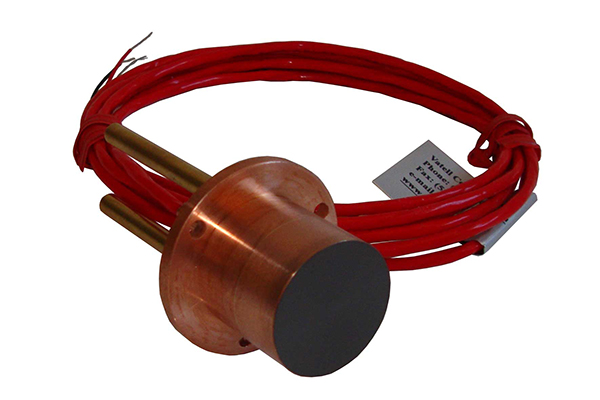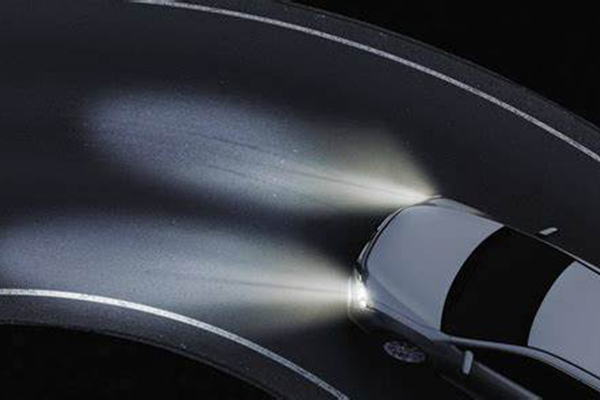The efficiency of an internal combustion engine plays a crucial role in its overall performance and environmental impact. While manufacturers have introduced various technologies like turbocharging and hybrid systems to enhance engine efficiency, there is still room for improvement.
One significant factor contributing to energy loss in engines is thermal dissipation. To address this issue, heat flux sensors, such as the gSKIN-XO developed by Swiss company greenTEG, can be utilized to detect and analyze engine thermal losses. In this blog post, we will delve into the concept of engine thermal efficiency, explore the causes of energy waste in engines, and examine the application of heat flux sensors in improving engine performance.
Understanding Engine Thermal Efficiency:
Engine thermal efficiency, also known as engine effective efficiency, is the ratio of the useful work produced by an engine to the heat energy supplied by the fuel consumed over a given period. It serves as a metric to evaluate the economic viability of an engine as a heat engine. Different engines and power systems have varying thermal efficiencies, but all values are less than 1. Improving engine thermal efficiency is a crucial means of conserving energy and a primary focus for engine advancements.
Engine Thermal Losses:
Engine thermal efficiency refers to the conversion of fuel energy into mechanical work. However, not all the energy produced is transformed into useful work. Several factors contribute to thermal losses in engines. These include heat dissipation through engine cooling systems, increased oil temperature leading to thermal losses, and heat dissipated through exhaust emissions, and heat radiation from the engine itself.
Heat Flux Sensors and gSKIN-XO:
Heat flux sensors can be employed to accurately understand and quantify engine thermal losses. One such sensor is the gSKIN-XO developed by greenTEG, a Swiss company. This sensor utilizes 29 pairs of highly sensitive thermocouples to measure the heat flux through its surface. With a surface area of 72 mm² and a thickness of 0.4 mm, the gSKIN-XO sensor is designed for optimal performance. It features grade-0 packaging with optimized polymers and a first-level metal structure for efficient energy thermal efficiency measurements.
Key Features of gSKIN-XO Heat Flux Sensor:
- Ultra-high resolution for heat energy and temperature differentials.
- Low invasiveness and thickness for seamless integration.
- Compatible with all gSKIN® DLOG data loggers.
- Calibration based on ISO 8301 standards at an average temperature of 22.5°C.
- Each gSKIN® heat flux sensor comes with a calibration certificate containing calibration coefficients.
Applications of gSKIN-XO Heat Flux Sensor:
The gSKIN-XO heat flux sensor can be used in more applications, including research and development, thermal optimization, energy efficiency, and industrial thermal performance monitoring. Additionally, it has specific relevance in sectors such as textiles, building technology, experimental setups, the automotive industry, electronics, and process equipment manufacturing.
In the automotive industry, the gSKIN-XO sensor can be utilized to maximize the comfort of automotive materials (e.g., seat fabrics), improve heating system efficiency, and enhance the overall driving experience. Measuring and controlling heat release during combustion and mechanical processes contributes to improving the overall efficiency of vehicles.
Conclusion:
Engine thermal efficiency is crucial for optimizing internal combustion engines’ performance and energy conservation. Thermal losses in engines contribute to a significant amount of wasted energy. Heat flux sensors, such as the gSKIN-XO developed by greenTEG, effectively detect and quantify engine thermal losses.
These sensors offer high resolution, low invasiveness, and compatibility with data loggers, making them valuable tools for research and development, energy optimization, and industrial thermal performance monitoring. By utilizing such sensors, manufacturers can gain insights into engine performance, identify areas for improvement, and work towards enhancing overall engine efficiency, thus contributing to energy conservation and environmental sustainability in the automotive industry.





